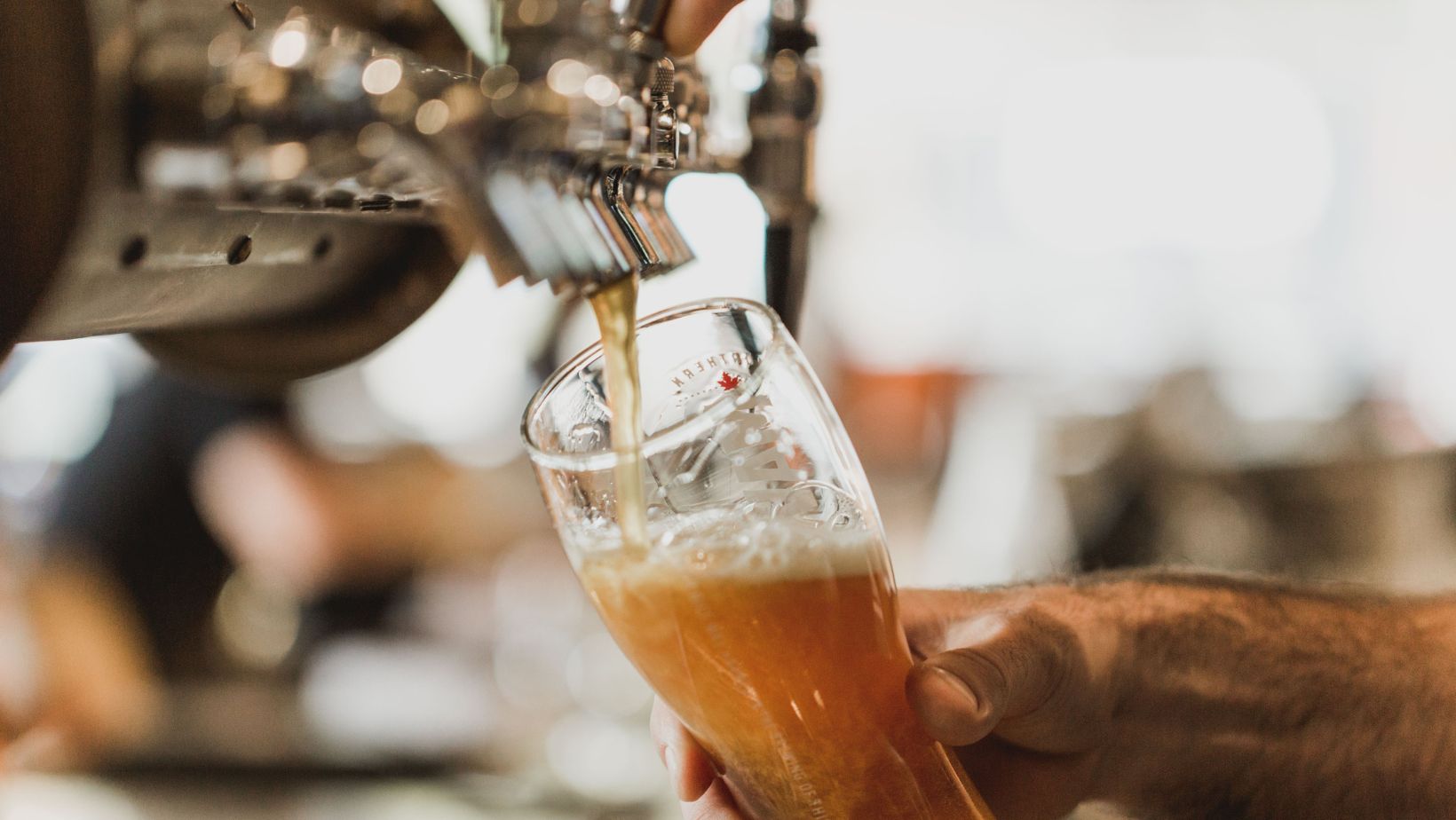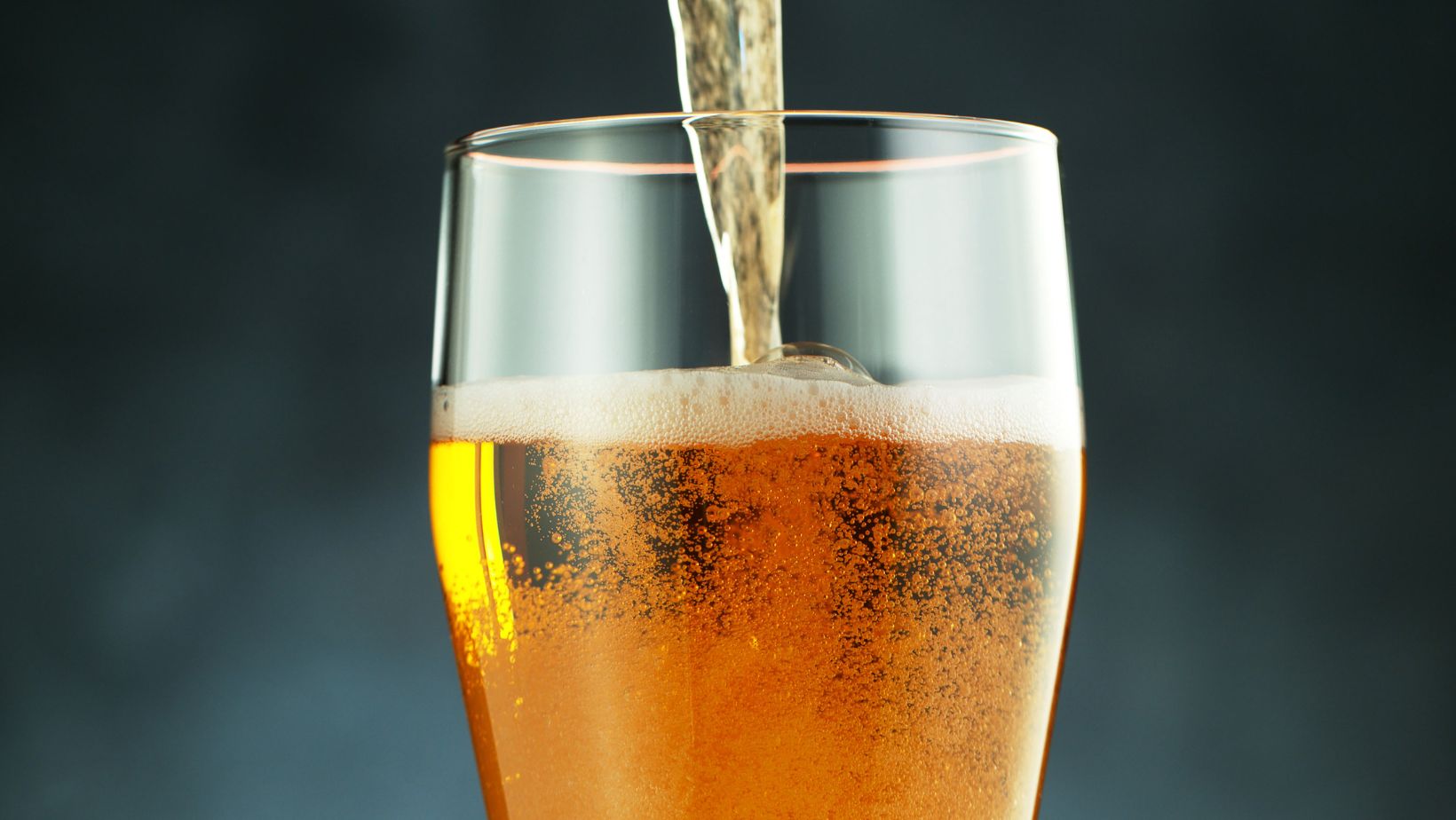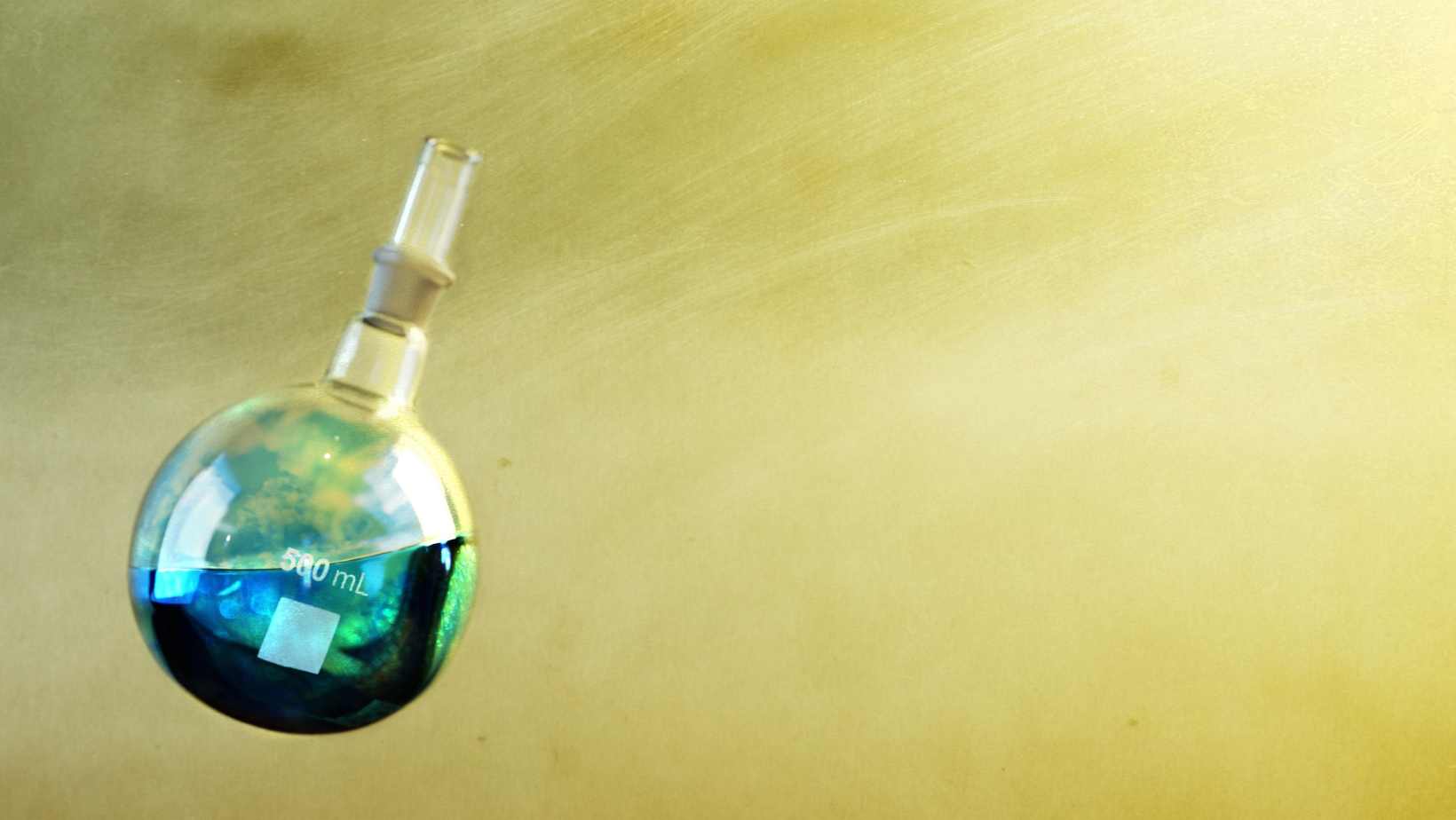Bottle Sizes: How Many Ml In A Pint Of Liquor

Have you ever wondered how many milliliters are in a pint of liquor? Well, look no further. In this article, I’ll provide you with all the information you need to know about bottle sizes and their corresponding measurements. Whether you’re a bartender looking to stock your bar or simply curious about standard drink measurements, understanding the conversion from pints to milliliters is essential.
When it comes to liquor bottles, they come in various sizes ranging from miniature bottles to large jugs. However, one common size that you’ll often come across is the pint-sized bottle. A pint is a unit of measurement commonly used for alcoholic beverages and holds a significant place in both American and British drinking culture. But how many milliliters does a pint of liquor contain? Stick around as we delve into this topic and unravel the mystery behind bottle sizes.
As we explore the world of liquors and their measurements, it’s important to note that different countries may have varying standards for bottle sizes. While some regions primarily use pints as their primary volume measurement for spirits, others might prefer liters or ounces. Understanding these differences will help ensure accurate conversions and prevent any confusion when purchasing or serving drinks.

How Many Ml In A Pint Of Liquor
Different Bottle Sizes for Liquor
When it comes to liquor bottles, there is a wide variety of sizes available. From small miniatures to large magnums, each size has its own purpose and use. Let’s explore some common bottle sizes for liquor:
- Miniature: These tiny bottles typically contain 50 milliliters (ml) of liquor. They are often used as samples or party favors.
- Nip: Also known as a “nip,” these bottles usually hold around 100 ml of alcohol. They are commonly found at bars and convenience stores.
- Fifth: A fifth is equivalent to 750 ml, which is the standard size for most spirits sold in the United States.
- Liter: A liter bottle holds approximately 1,000 ml or one liter of alcohol. It’s a popular choice for those who consume liquor frequently or entertain guests regularly.
- Magnum: This term refers to a larger-sized bottle that contains around 1.5 liters (1,500 ml) of alcohol.
Understanding the various bottle sizes can help you make informed decisions when purchasing liquor or planning your next gathering.
Standard Measurements for Spirits
Liquor bottles come in different sizes based on their types and contents. Here are some standard measurements you might encounter:
Whiskey
- Standard: A standard whiskey bottle typically holds 750 ml of liquid.
- Half-Pint: This smaller bottle size contains roughly 200 ml of whiskey.
Vodka
- Liter: Vodka is often sold in liter-sized bottles containing 1,000 ml of liquid.
Rum
- Fifth: A fifth-sized rum bottle holds around 750 ml.
- Quart: Some rum brands offer quart-sized options with approximately 950 ml.
Gin
- Pint: Gin can be found in pint-sized bottles holding about 475 ml.
- Handle: A handle of gin contains roughly 1.75 liters (1,750 ml).
The Relationship Between Milliliters and Pints
Understanding the relationship between milliliters and pints can be helpful when comparing bottle sizes. Here’s a quick breakdown:
- 1 pint is equal to approximately 473 ml.
- A standard fifth-sized liquor bottle holds roughly 25.4 fluid ounces, which is slightly less than a pint.
- On the other hand, a liter-sized bottle holds around 33.8 fluid ounces, which is more than two-thirds of a pint.
Knowing these conversions can assist you in determining how much alcohol you are purchasing or consuming.
In conclusion, familiarizing yourself with different bottle sizes for liquor and their corresponding measurements can enhance your understanding of the options available to you as a consumer. Whether you’re hosting a party or simply enjoying a drink at home, having this knowledge will enable you to make informed decisions about the quantity of alcohol you need.




